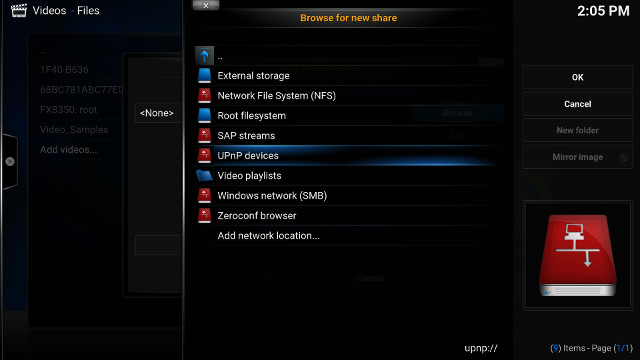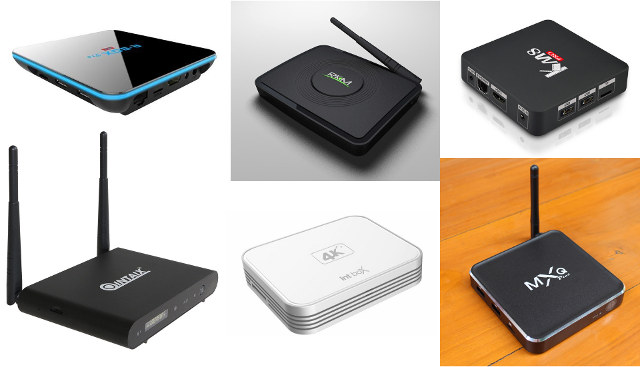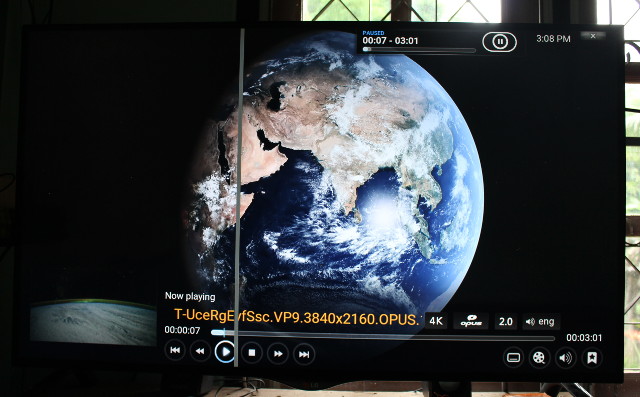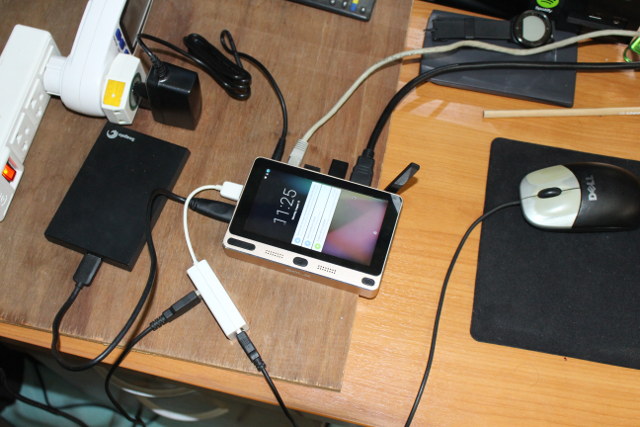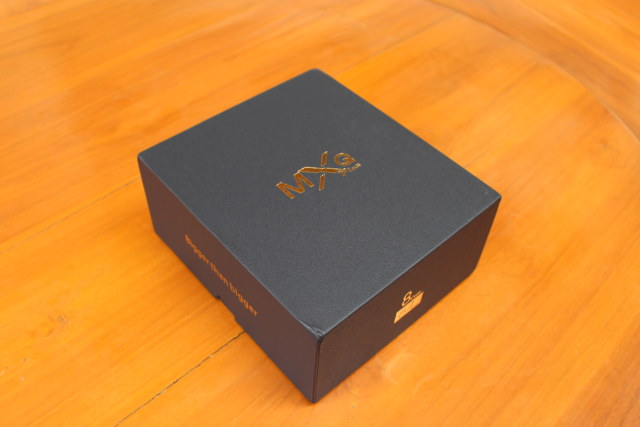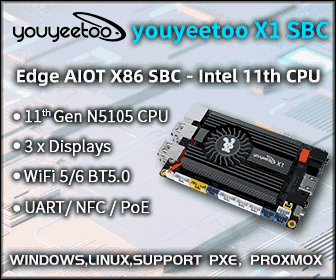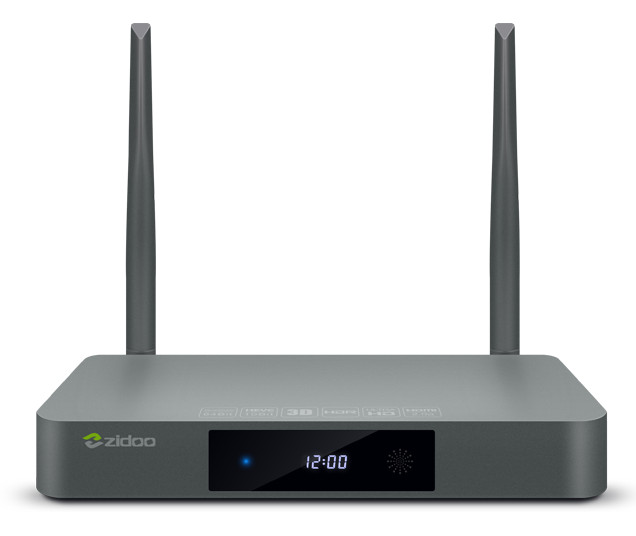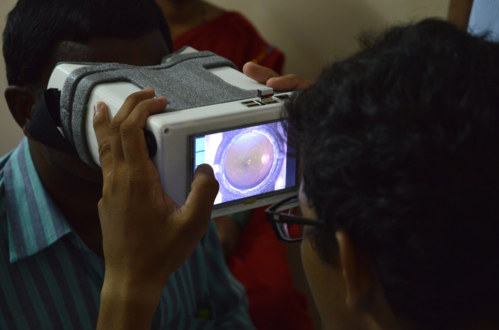I’ve launched a survey on behalf of a TV box manufacturer two weeks ago, and the results are now in with over 400 respondents. As promised, the company provided the results so let’s have a look. First, most of respondents use a TV box without tuner, while some have both, and a few others haven’t purchased one yet. Survey participants where then asked about the most important apps in an Android TV box with a 1 (not important) to 6 (very important) scale. The results are not really surprising with Kodi and YouTube being the most sought after apps. Netflix came a distant third, and a fair amount of respondents want their TV box to support HD resolutions. Most people could not care less about Hulu and Sling TV. The third question was about the price people were ready to pay for a TV box with the same specs, but […]
How-to Setup a DLNA/UPnP Server in Linux for Smoother Video Streaming with Kodi and Other Media Players
I’m normally playing videos from a SAMBA share installed in a Ubuntu PC to play files from Kodi in Android TV box reviews, but sometimes when I use 10/100 Ethernet, or worse WiFi local “streaming” may not be as smooth as possible. SAMBA is convenient because of access control and read write operations, but if you want to get a bit more performance, you may switch to NFS instead, or like I’ve going to show you here to a DLNA / UPnP server to stream videos locally from Kodi 16.1. There are several options, but MiniDLNA is lightweight compared to MediaTomb, so it will also run on lower end hardware like cheap ARM Linux development boards like Raspberry Pi, Orange Pi, or NanoPi NEO without taking too many resources. Installation is very easy in Debian / Ubuntu distributions, and I supposed this should also work with Windows Subsystem for Linux […]
Amlogic S912 Android TV Boxes List So Far
Following up on the tradition to create list of TV boxes with popular processor, such as my Amlogic S905 TV boxes and sticks list, I’ve decided to generate a comparison table for the first ten Amlogic S912 Android TV boxes announced so far. There won’t be any S912 TV sticks, as the processor probably dissipate a little too much heat to be useful in that form factor. All TV boxes in the table below share the same Amlogic S912 octa-core Cortex A53 processor @ 2.0 GHz with an ARM Mali-820MP3 GPU, support for HDMI 2.0a output, HDR, 4K video playback for VP9, H.265 and H.264 codecs, and run Android 6.0, so I only included columns for items that differ between products. Remarks: AV means 3.5mm AV jack with composite and stereo audio, and prices are usually retail prices with shipping by registered airmail from China, except for the ones followed […]
4K VP9, H.265 and H.264 Video Playback in Amlogic S912 M12N TV Box
I’ve received my first Amlogic S912 TV box with MXQ Plus M12N TV box this week-end, and I’ve decided to start testing by showing the media capabilities of the platform that is supposed to support 4K VP9 up to 60Hz, 4K 10-bit H.265 up to 60Hz and 4K H.264 up to 30 Hz. I connected the device to Onkyo TX-NR636 A/V recevier itself connected to LG 42UB820T 4K UHD TV, set video output to 2160p @ 60Hz, and played several 4K video samples from a USB hard drive using the pre-installed version of Kodi 16.1: 4K Hawaii Sunset _ GoPro Hero 4 Black [email protected] (Downloaded from YouTube) – OK Beauty_3840x2160_120fps_420_8bit_HEVC_MP4.mp4 (H.265 @ 30 fps – No audio) – OK big_buck_bunny_4k_H264_30fps.mp4 (H.264 @ 30 fps – MPEG1/2 and AC3 audio) – OK big_buck_bunny_4k_H264_60fps.mp4 (H.264 @ 60 fps – MPEG1/2 and AC3 audio) – Video a bit choppy, large audio delay. Expected […]
GOLE1 mini PC Tablet Review – Part 2: Android 5.1 and Windows 10
GOLE1, also called GOLE1 F1, is an interesting device because it’s quite difficult, it’s like the offspring of a mini PC and a tablet with a smallish phone-like 5″ capacitive touch screen. It also dual boot Windows 10 and Android 5.1. I’ve already discussed about the hardware, and taken picture of the device, accessories, and motherboard, in the first part of the review, so today I’ll report my experiences with Windows 10 and Android 5.1, as well as the potential use cases. Since I’ve already reviewed Intel Atom x5-Z8300 mini PCs, as well as a dual boot Windows and Android Intel mini PC, I’ll focus on what makes GOLE1 different in this review. GOLE1 Dual Boot and Use Cases I normally check my emails on my smartphone while having breakfast in the morning, but one day the charging micro USB cable was not connected properly to my phone, so I […]
MXQ Plus M12N (Amlogic S912) TV Box Review – Part 1: Specs, Unboxing, and Teardown
Shenzhen Shiningworth has just sent me the first Amlogic S912 Android TV box for review with their MXQ Plus M12N model. The first part of the review will focus on specifications, accessories, and hardware design, and in the second part I’ll connect and boot the device to make a thorough review of the firmware. MXQ Plus M12N Specifications The specifications are pretty standard and comparable to the ones of yet to launch Amlogic S912 TV boxes: SoC – Amlogic S912 octa-core ARM Cortex A53 processor @ up to 2.0GHz with ARM Mali-820MP3 @ up to 750MHz System Memory – 2GB DDR3 Storage – 16GB eMMC flash and SD slot up to 32GB Video Output – HDMI 2.0a up to 4K @ 60Hz with CEC and HDR support, and AV port (composite) Audio Output – HDMI, AV (stereo audio), and optical S/PDIF Connectivity – Fast Ethernet, dual band WiFi 802.11 b/g/n/ac, […]
Zidoo X9S Android TV Box, OpenWrt NAS, and HDMI Recorder is Now Up for Pre-order for $149
Zidoo X9 was one the first Android TV boxes with HDMI input that supported video recording and PiP, and back in April, the company unveiled a new and more powerful model called Zidoo X9S with many of the same features, but based on Realtek RTD1295 64-bit processor, and with NAS features. GeekBuying has just informed me that they had started to take pre-orders for Zidoo X9S for $149 with shipping scheduled to start on August 31st. Zidoo X9S specifications have slightly changed since the announcement, and the case has been redesigned: SoC – Realtek RTD1295 quad core Cortex A53 processor with ARM Mali-T820 MP3 GPU System Memory – 2GB DDR3 Storage – 16GB eMMC + SATA 3.0 external interface + micro SD card slot up to 32GB Video I/O HDMI 2.0a output up to 4K@60Hz; supports 23.976 and 29.94 Hz outputs HDMI 2.0 input for recording, UDP streaming, and picture-in-picture […]
Project OWL Open Source Hardware Ophthalmoscope is 25 Times Cheaper than Commercial Products
Medical grade equipments are usually very expensive, partly because of their complexity, but also because of certifications, legal reasons, and low manufacturing volumes. That’s where open source hardware can make a big difference, and there has been several open source hardware prosthetic hands or arms such as Openbionics hand, but Ebin Philip and his team has tackled another issue with Project OWL, an open indirect ophthalmoscope (OIO) designed for screening retinal diseases, which normally costs between $10,000 to $25,000, but their open source hardware design can be put together for about $400. The design features a Raspberry Pi 2 board connected to a WaveShare 5″ Touchscreen LCD, a Raspberry Pi Pi IR Camera (M12 lens mount) with 16mm FL M12 lens, a 3 Watt Luxeon LED, two 50x50mm mirrors, a linear polarizer sheet, a 20 Dioptre disposable lens, and various passive components. While the Raspberry Pi board is not open […]



